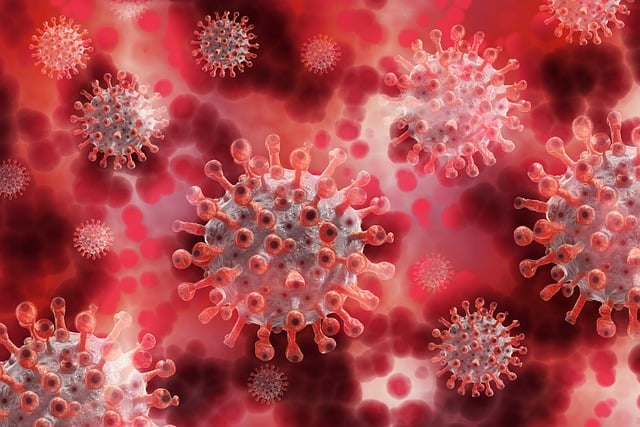
COVID-19 Infection Prevention and Control for Healthcare Personnel: Universal Application of Practices
Infection prevention and control practices intended for all patients, irrespective of COVID-19 status, underscore the importance of universal precautions and adherence to standard protocols to mitigate transmission risks in healthcare settings, ensuring the safety of both patients and healthcare personnel.
March 2021
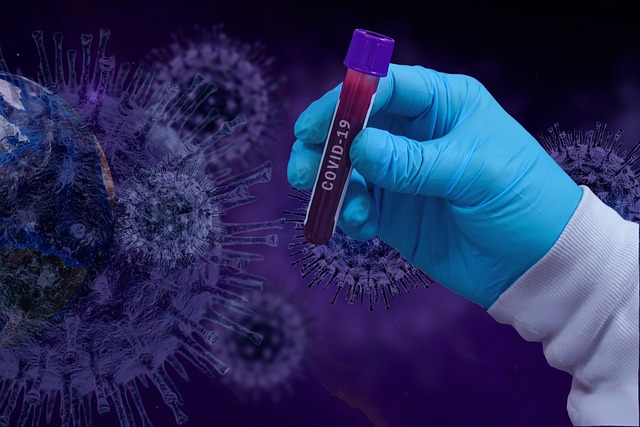
Stigma and Discrimination Related to COVID-19: Prevalence and Associated Factors
Investigating the prevalence and factors associated with stigma and discrimination during the COVID-19 epidemic provides insights into the psychosocial impacts of the pandemic and informs targeted interventions to address societal attitudes and behaviors towards affected individuals.
March 2021
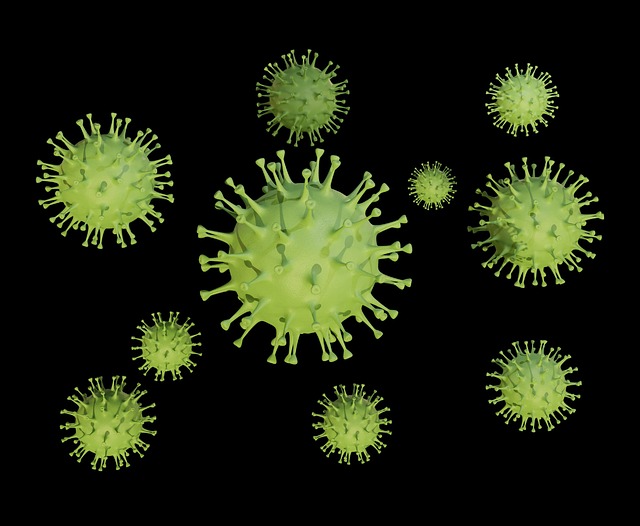
Cardiovascular Considerations during the COVID-19 Pandemic: Implications for Patient Management
COVID-19's cardiovascular impact and potential consequences in patients with established cardiovascular disease necessitate comprehensive risk assessment, vigilant monitoring, and individualized management strategies to optimize clinical outcomes and mitigate cardiovascular complications in affected individuals.
Februery 2021

Safety of Psychotropic Drugs in COVID-19 Patients: Clinical Considerations and Management Strategies
Understanding the clinically relevant safety profiles of psychotropic drugs in patients with COVID-19 is essential for optimizing treatment outcomes and minimizing potential adverse effects, highlighting the importance of tailored pharmacological interventions and close monitoring in this patient population.
Februery 2021

Ten Lessons Learned from COVID-19: Reflections on Pandemic Care Practices
Synthesizing experiences from the pandemic months offers valuable insights into the clinical management of patients with diverse COVID-19 presentations, informing future pandemic preparedness and public health responses to mitigate the impact of infectious disease outbreaks.
January 2021
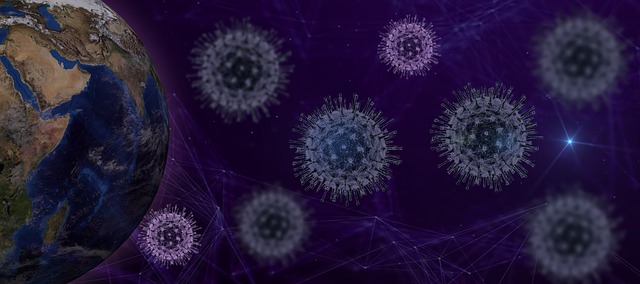
Interpretation of Diagnostic Tests for SARS-CoV-2: Insights into Test Performance and Clinical Utility
A viewpoint provides guidance on interpreting diagnostic tests for SARS-CoV-2 infections, emphasizing the importance of understanding test characteristics and performance metrics in clinical decision-making and public health surveillance efforts.
January 2021
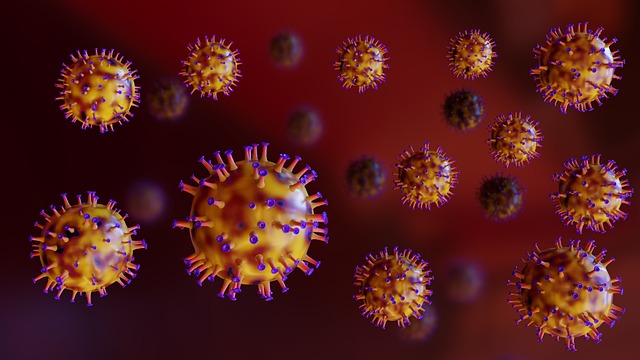
ST Segment Elevation in COVID-19 Patients: Insights from Case Series
Myocardial injury with ST segment elevation is observed in patients with COVID-19, indicating potential cardiac involvement and emphasizing the need for cardiac monitoring and management in affected individuals to optimize clinical outcomes.
January 2021

Gastrointestinal Manifestations of COVID-19: Insights from Fecal Virus Load in Hong Kong Cohort
Analysis of fecal samples from a Hong Kong cohort reveals the presence of SARS-CoV-2 virus, highlighting the gastrointestinal tract as a potential site of viral replication and shedding in COVID-19 patients, providing valuable insights into disease transmission and clinical management.
January 2021

Obstructive Thromboinflammatory Syndrome of Pulmonary Vessels in COVID-19: MicroCLOTS Hypothesis
The MicroCLOTS hypothesis proposes microvascular thrombi as a key pathophysiological mechanism underlying atypical acute respiratory distress syndrome in COVID-19, highlighting the role of pulmonary vascular obstruction in disease progression and clinical management.
January 2021
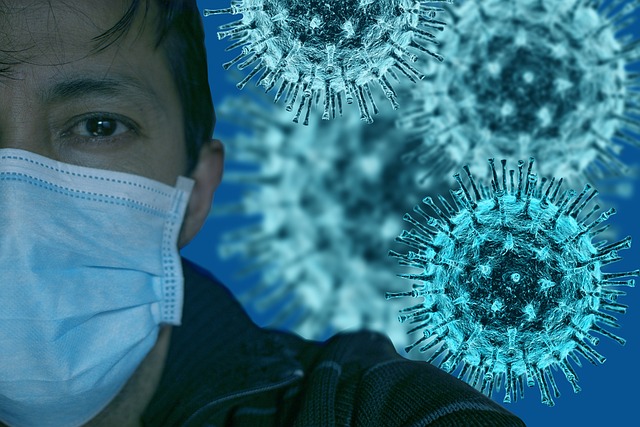
Preventing Human-to-Human Transmission of SARS-CoV-2: Insights from Modeling Studies
Modeling studies support the effectiveness of physical distancing measures of 1 meter or more in reducing human-to-human transmission of SARS-CoV-2, providing quantitative estimates to inform public health policies and interventions aimed at controlling infectious disease outbreaks.
January 2021















